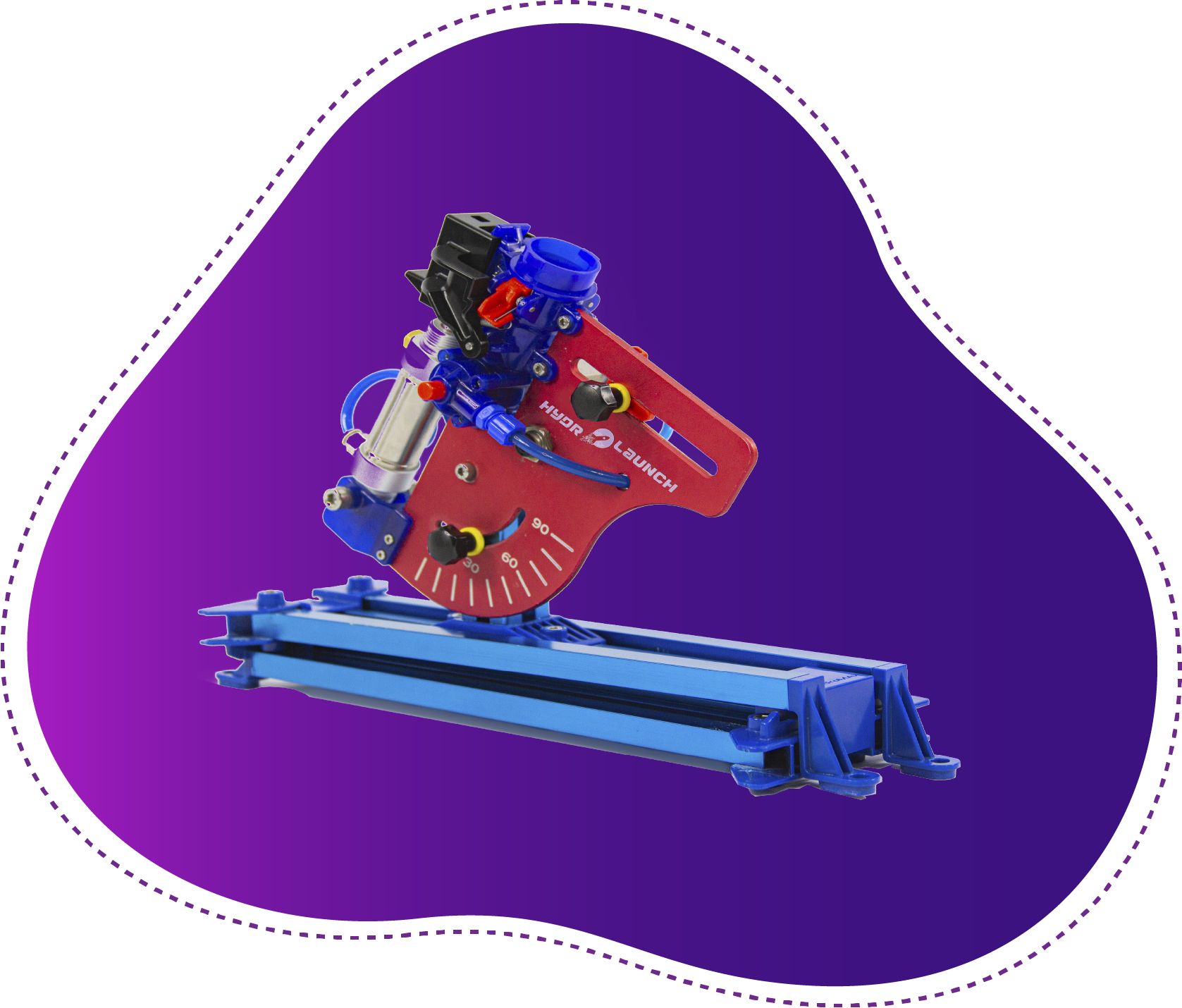
HYDROLAUNCH WATER
ROCKET LAUNCHER
Durable and sustainable Threads mated with standard soda bottles, low profile detachable fin system, variable nozzle inserts and the Ultimeter Nose Cone, HydroLaunch system allows for maximum experimentation when building a water rocket.
The HydroLaunch Water Rocket Launch System provides new ways to add science to the world of water rockets and provides new ways to meet STEM objectives using fun and engaging water rockets.
HOW IT WORKS
1 – A water rocket consists of the fuel tank (1L to 2L PET-soda bottle), nozzle and nozzle insert (8mm, 10mm or 12mm) with fins attached, nose cone, and an optional parachute release system.
2 – The water rocket is constructed, and fueled by adding a requisite amount of water to the fuel tank.
3 – The rocket is loaded into the nozzle housing on the HydroLaunch, held in place by the tabs, engaging the system.
4 – Angle is determined for launch and the launch guide is added.
5 – Pressurized air fills the system by the students, engaging the locking mechanism and pressurizing the fuel.
6 – When ready to launch, students release the pressure with PLS and the water rocket is launched.
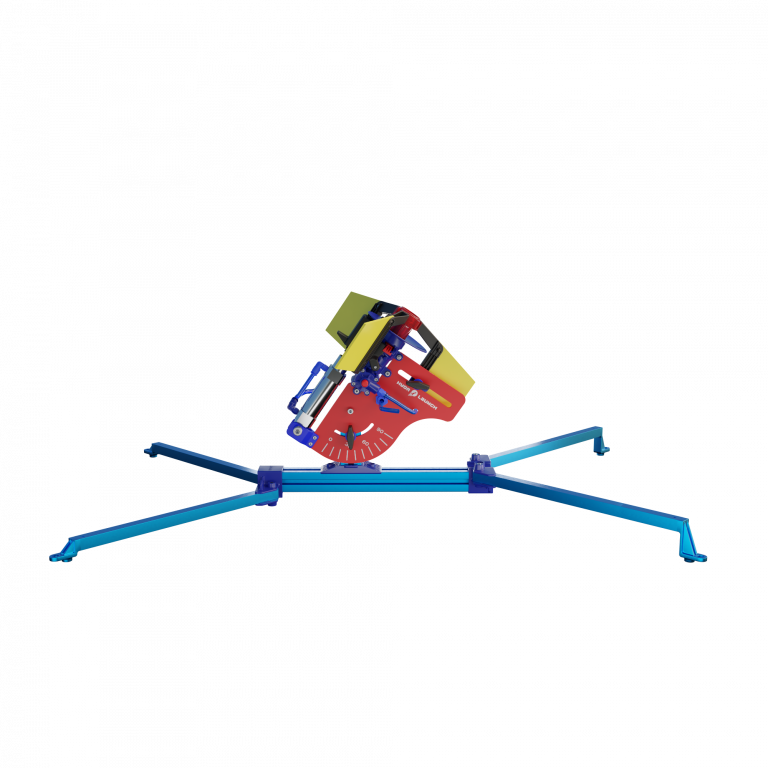
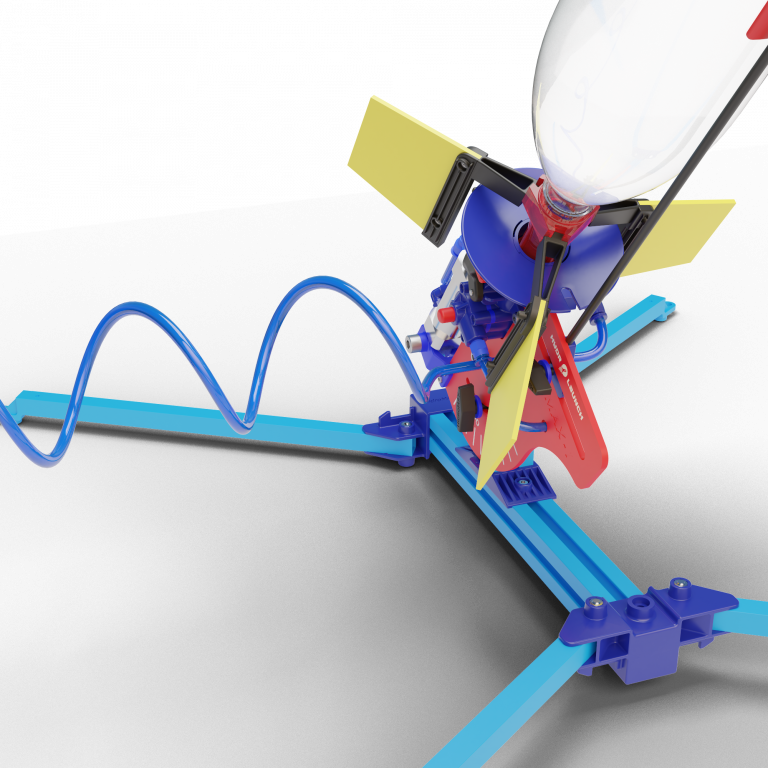
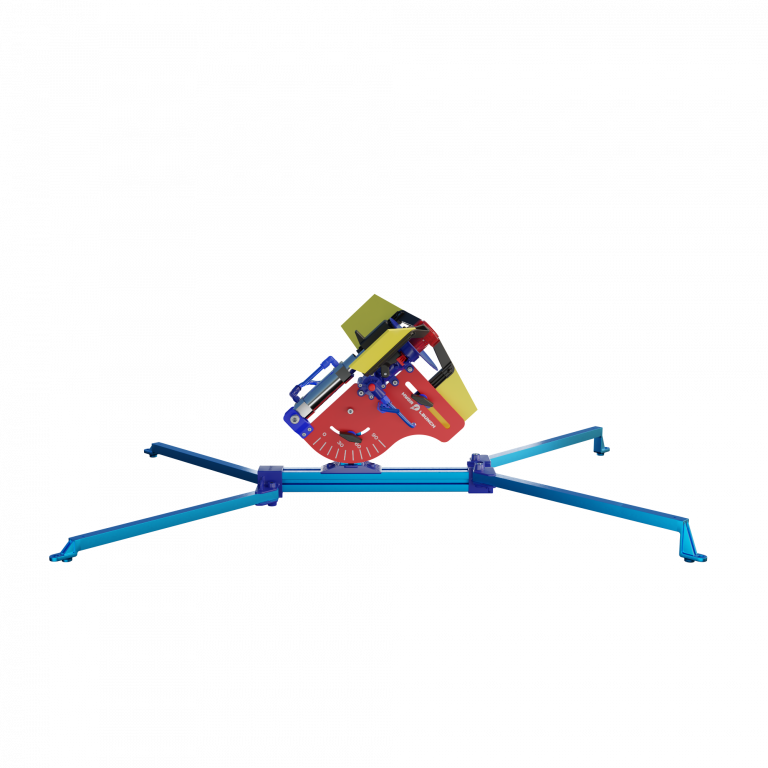
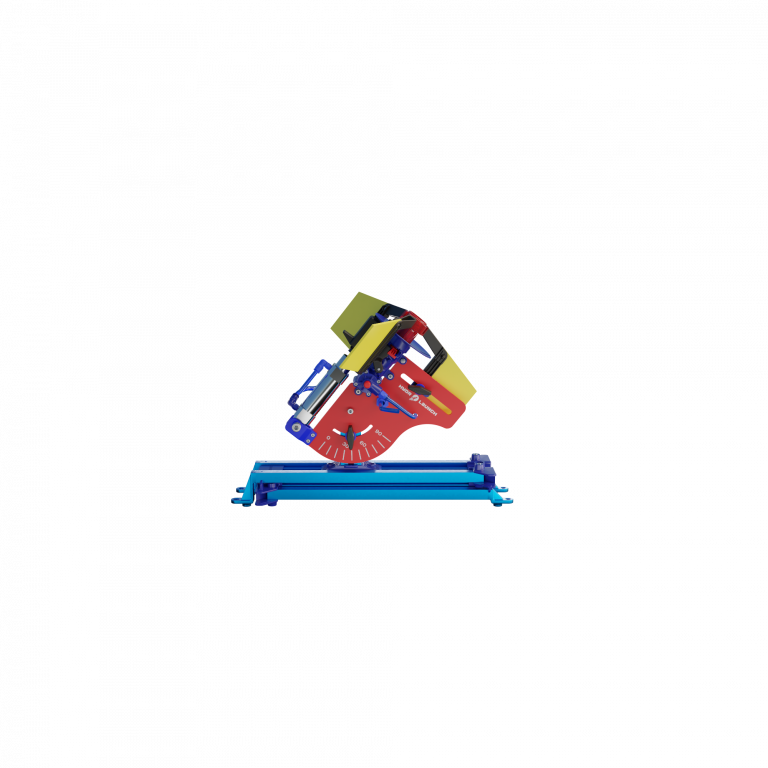
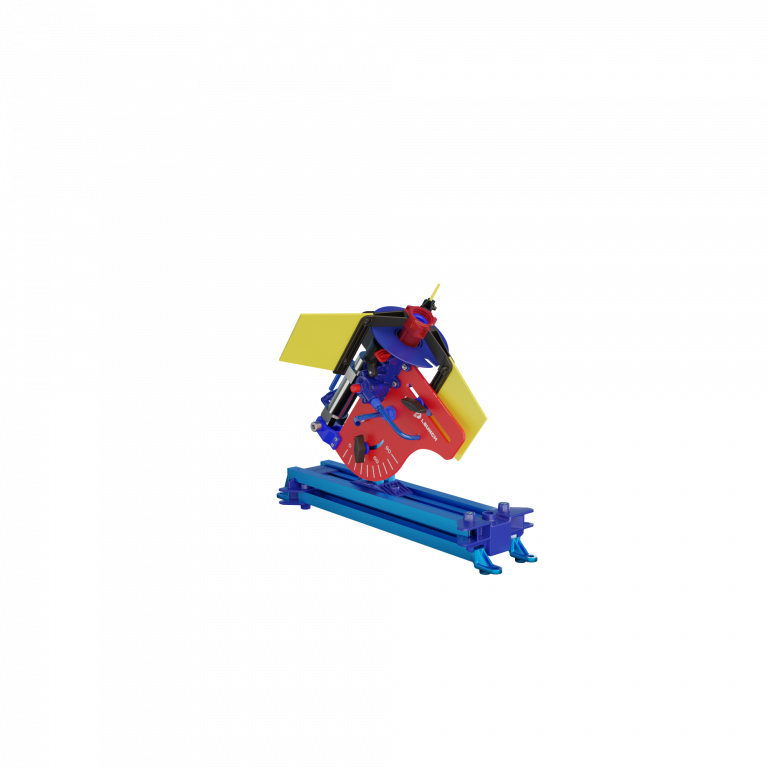
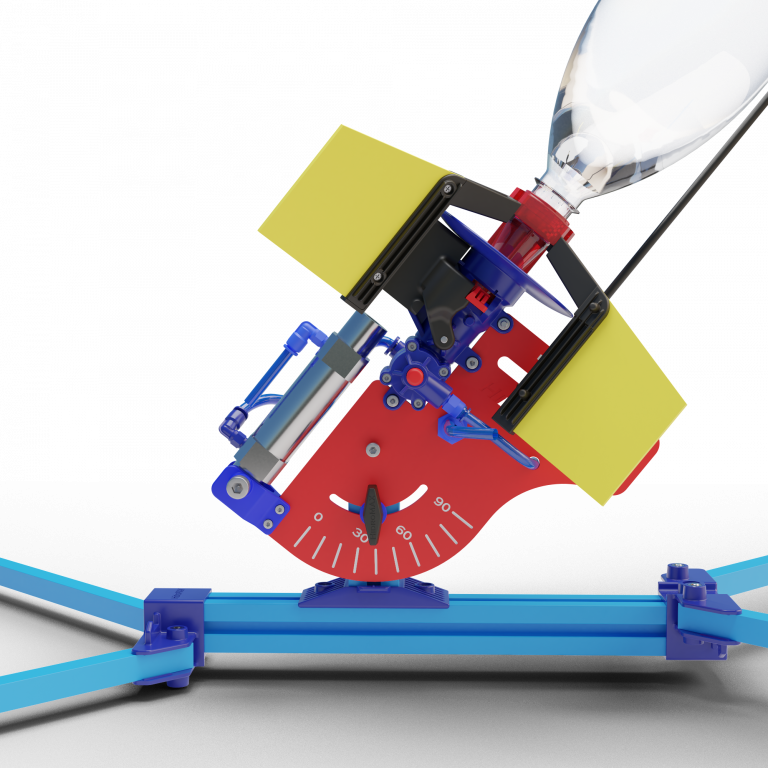
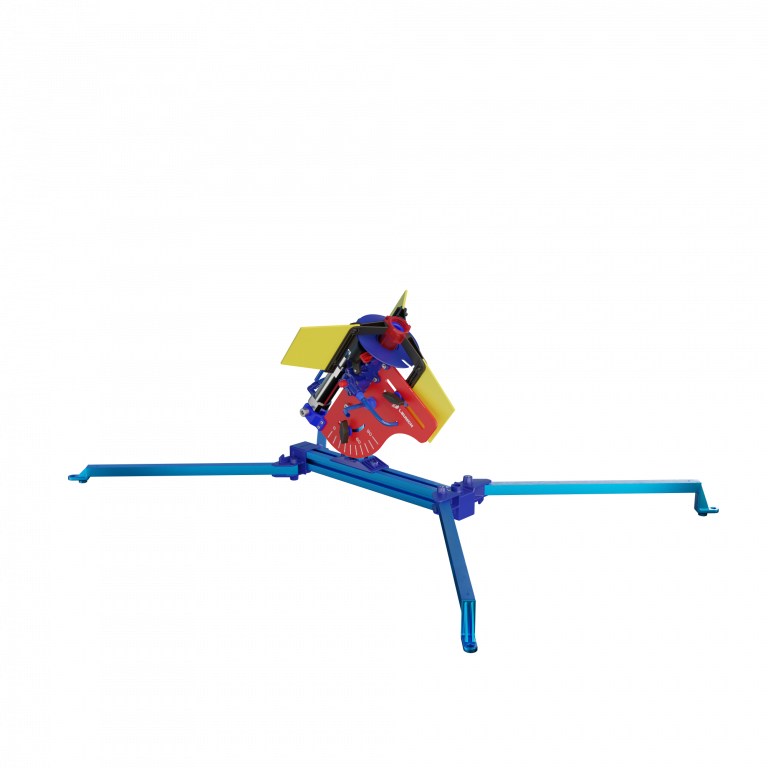
• Provision of variable diameter nozzle inserts allows different thrust profiles.
• Launch angle adjustment system allows from 0 to 90 degree launch angles.
• Launch Guide provides stability through the initial thrust phase.
• Low fin attachment and nose mounted payload bay provides for increased flight stability
• Rocket is loaded at a tilt of 90 degrees, avoiding any fuel spillage
• A rapid attachment system for aerodynamically accurate positioning of the guide fins that doesn’t require any gluing.
• An optional flight computer (Ultimeter) that measures various launch parameters including total thrust time, time to apogee, coast time, maximum and average acceleration during the flight, maximum speed, flight time, descent speed, impact (acceleration) on landing
• An optional Engine Testing Unit can enhance the learning experience by allowing accurate measurement of rockets thrust in a controlled environment, enabling rocket flight predictions in an indoor environment.
• A software package that simulates rocket performance and trajectory.
• Provision of a reliable parachute recovery system that protects rockets during descent and landing.
• A safety purge button for launch abort
• Give your rocketry experiments the much needed thrust and unleash the true potential of STEM studies with Launch H2O. The countdown begins now!
Give your rocketry experiments the much needed thrust & unleash the true potential of STEM studies with HydroLaunch Water Rocket Launcher.
The countdown begins now!
*The Acronym STEM stands for the disciplines of science, technology, engineering and matchematics
